Vehicle maintenance extends far beyond regular oil changes and annual inspections. Most drivers follow basic maintenance schedules but consistently overlook critical tasks that significantly impact vehicle performance, safety, and longevity. These overlooked maintenance rules often result in expensive repairs, decreased fuel efficiency, and potential safety hazards that could easily be prevented with proper attention and care.
Check Tire Pressure Monthly
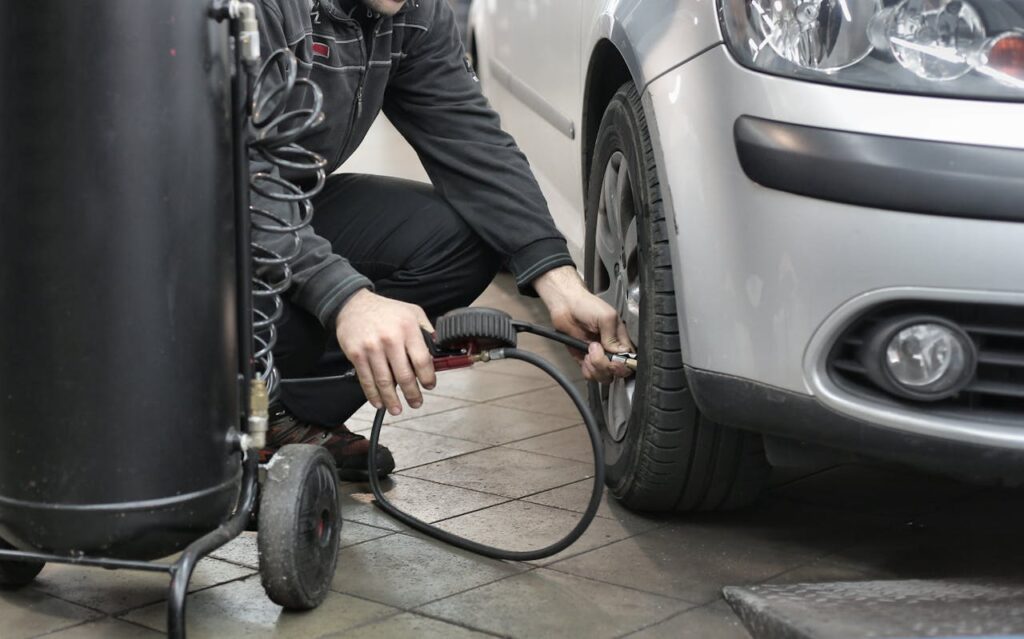
Tire pressure affects vehicle safety, fuel economy, and tire longevity more than most drivers realize. Under-inflated tires increase rolling resistance, forcing engines to work harder and consume more fuel. Over-inflated tires reduce road contact area, compromising traction and handling. Temperature changes cause pressure fluctuations, with tires losing approximately one pound per square inch for every ten-degree temperature drop. Most drivers check pressure only when tires appear flat, missing gradual pressure loss. Proper tire pressure improves fuel efficiency by up to three percent and extends tire life significantly.
Replace Cabin Air Filters Regularly
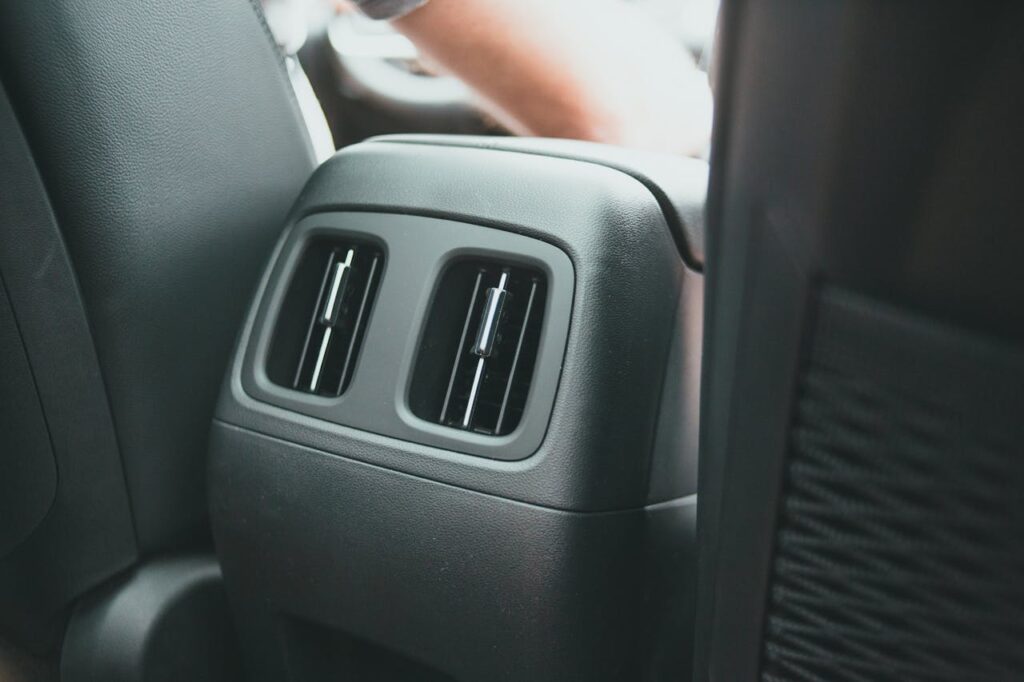
Cabin air filters protect passengers from pollutants, allergens, and debris entering the vehicle’s interior through the ventilation system. Clogged cabin filters reduce air conditioning and heating efficiency, forcing systems to work harder and consume more energy. Dirty filters also allow harmful particles, including pollen, dust, and exhaust fumes, to circulate inside the passenger compartment. Most manufacturers recommend replacing cabin filters every 12,000 to 15,000 miles, though driving conditions affect replacement frequency. Neglecting cabin filter replacement reduces air quality and strains climate control systems.
Check Transmission Fluid Condition

Transmission fluid lubricates internal components, transfers power, and maintains optimal operating temperatures within transmission systems. Unlike engine oil, transmission fluid typically lasts longer but requires periodic inspection and eventual replacement. Burnt, dark, or contaminated transmission fluid indicates internal wear or overheating issues that demand immediate attention. Most drivers never check transmission fluid levels or condition until transmission problems develop. Regular transmission fluid maintenance prevents costly repairs and extends transmission life substantially. Automatic transmissions particularly benefit from proper fluid maintenance.
Rotate Tires According to Schedule
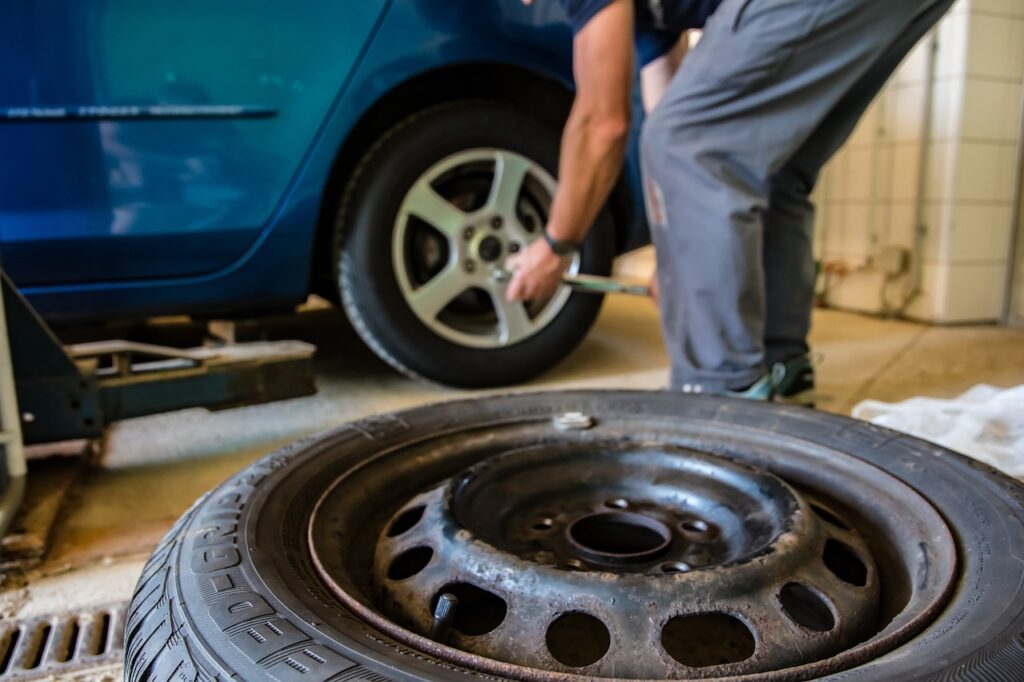
Tire rotation distributes wear patterns evenly across all four tires, maximizing their useful life and maintaining consistent traction characteristics. Front tires typically wear faster than rear tires due to steering, braking, and acceleration forces. Without regular rotation, drivers often replace tires in pairs rather than complete sets, creating mismatched tread depths that affect vehicle stability. Most manufacturers recommend tire rotation every 5,000 to 8,000 miles, depending on driving conditions. Proper rotation patterns vary based on tire design and vehicle configuration. Regular rotation saves money and improves safety.
Monitor Brake Fluid Levels
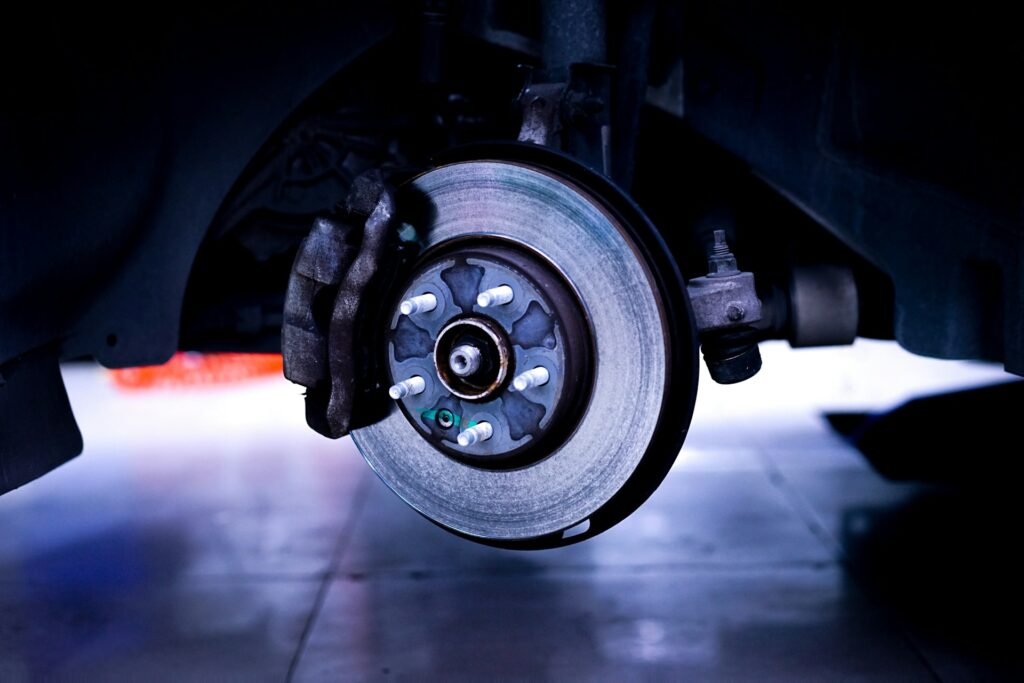
Brake fluid transfers force from brake pedals to brake components, enabling vehicles to stop safely and effectively. Brake fluid absorbs moisture over time, reducing its boiling point and compromising braking performance under demanding conditions. Low brake fluid levels often indicate brake pad wear or system leaks that require immediate attention. Most drivers never check brake fluid reservoirs until braking problems become apparent. Contaminated or insufficient brake fluid creates dangerous situations, particularly during emergency braking. Regular brake fluid inspection and replacement maintain optimal braking performance and prevent brake system failures.
Replace Engine Air Filters Promptly

Engine air filters prevent dirt, debris, and contaminants from entering engine combustion chambers, where they could cause internal damage. Dirty air filters restrict airflow, reducing engine efficiency and power output while increasing fuel consumption. Severely clogged filters can cause engine damage by allowing contaminants to bypass the filtration systems. Most drivers replace air filters only during major service intervals, often extending replacement periods beyond manufacturer recommendations. Clean air filters improve engine performance, fuel economy, and longevity significantly. Visual inspection reveals filter condition, though driving environments affect replacement frequency.
Check Coolant Levels and Quality
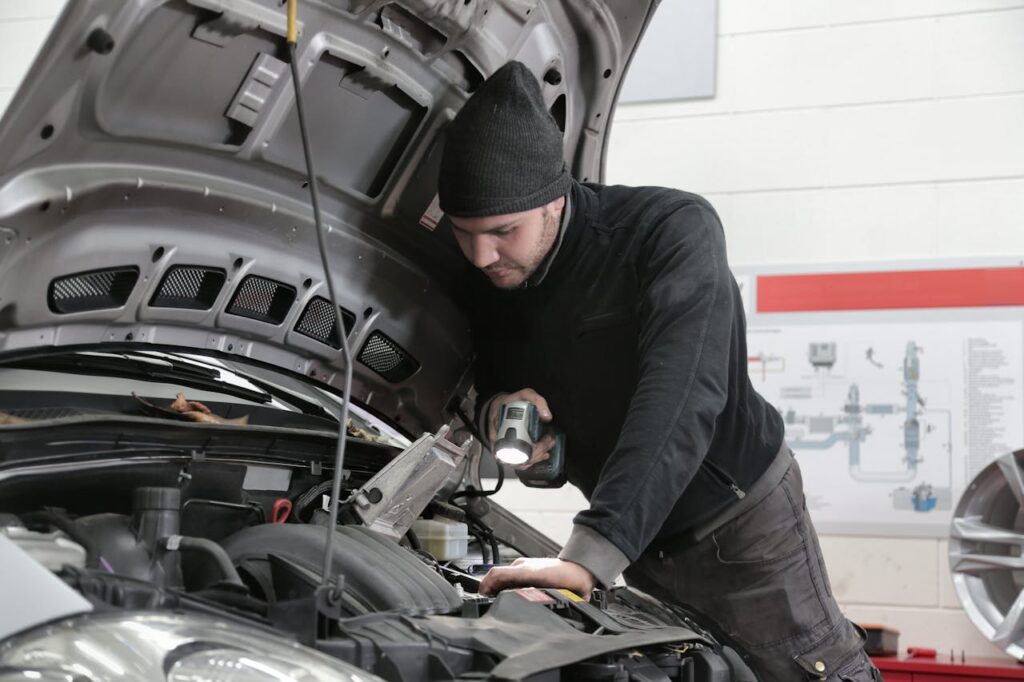
Engine coolant regulates operating temperatures, prevents freezing, and protects internal components from corrosion and scaling. Coolant systems require proper fluid levels and chemical composition to function effectively. Low coolant levels indicate leaks or consumption issues that could lead to engine overheating and catastrophic damage. Old coolant loses protective properties and becomes acidic, corroding cooling system components, including radiators, water pumps, and engine blocks. Most drivers add water instead of proper coolant mixtures when levels drop, diluting protective chemicals. Regular coolant maintenance prevents expensive engine repairs and cooling system failures.
Inspect Belts and Hoses Regularly

Engine belts drive essential accessories, including alternators, power steering pumps, air conditioning compressors, and water pumps. Rubber hoses carry vital fluids throughout engine systems under pressure and temperature extremes. Cracked, frayed, or loose belts can fail suddenly, disabling critical systems and potentially causing engine damage. Deteriorated hoses can burst, leading to coolant loss, overheating, or complete engine failure. Most drivers ignore belt and hose condition until failure occurs, often resulting in roadside breakdowns. Regular visual inspection reveals wear patterns and deterioration before catastrophic failures occur, preventing expensive emergency repairs.
Disclaimer: This article was created with AI assistance and edited by a human for accuracy and clarity.

